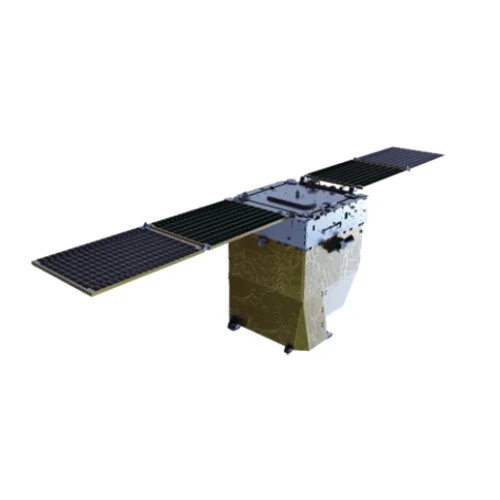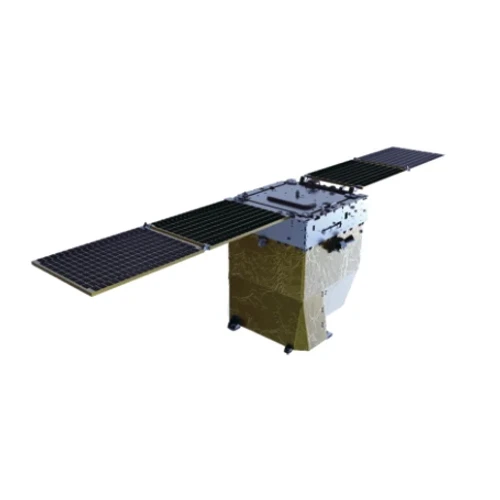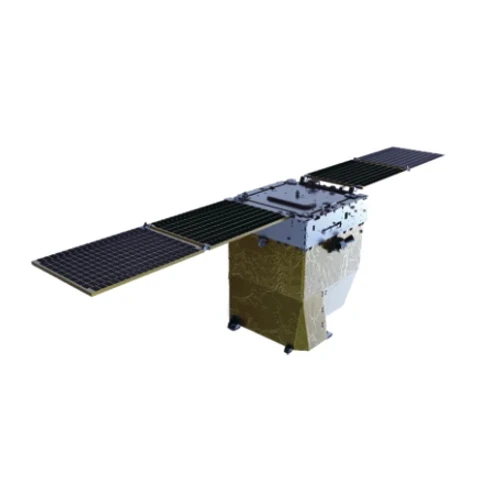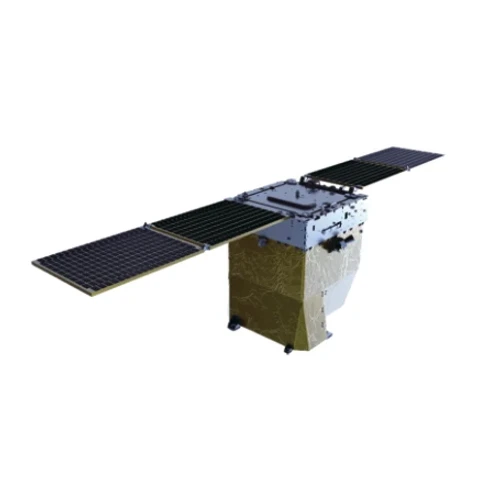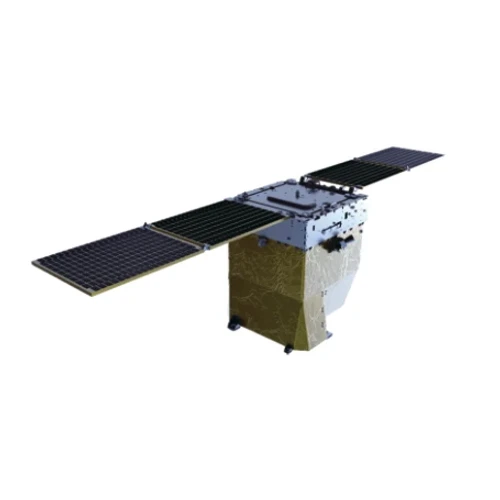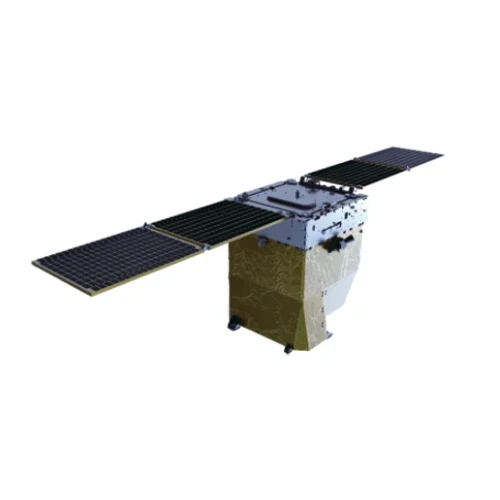
- អាហ្រ្វិក
- អាល់បានី
- អាំហារិក
- ភាសាអារ៉ាប់
- អាមេនី
- អាស៊ែបៃហ្សង់
- បាស
- បេឡារុស្ស
- បង់ក្លាដែស
- បូស្នៀ
- ប៊ុលហ្គារី
- កាតាឡាន
- សេប៊ូណូ
- ចិន
- Corsican
- ក្រូអាត
- ឆេក
- ដាណឺម៉ាក
- ហូឡង់
- ភាសាអង់គ្លេស
- អេស្ប៉ារ៉ាន់តូ
- អេស្តូនី
- ហ្វាំងឡង់
- បារាំង
- ហ្វ្រីសៀន
- ហ្គាលីសៀន
- ហ្សកហ្ស៊ី
- អាឡឺម៉ង់
- ក្រិក
- ហ្គូចារ៉ាទី
- ក្រេអូល ហៃទី
- ហូសា
- ហាវ៉ៃ
- ភាសាហេព្រើរ
- ទេ
- Miao
- ហុងគ្រី
- អ៊ីស្លង់
- អ៊ីកបូ
- ឥណ្ឌូនេស៊ី
- អៀរឡង់
- អ៊ីតាលី
- ជប៉ុន
- ជ្វា
- កាណាដា
- កាហ្សាក់ស្ថាន
- ខ្មែរ
- រវ៉ាន់ដា
- កូរ៉េ
- ឃឺដ
- កៀហ្ស៊ីស៊ី
- ពលកម្ម
- ឡាតាំង
- ឡាតវី
- លីទុយអានី
- លុចសំបួរ
- ម៉ាសេដូនៀ
- ម៉ាឡាហ្គាស៊ី
- ម៉ាឡេ
- ម៉ាឡាយ៉ាឡា
- ម៉ាល់តា
- ម៉ៅរី
- ម៉ារ៉ាធី
- ម៉ុងហ្គោលី
- មីយ៉ាន់ម៉ា
- នេប៉ាល់
- ន័រវេស
- ន័រវេស
- អូស៊ីតាន់
- ប៉ាសតូ
- ពែរ្ស
- ប៉ូឡូញ
- ព័រទុយហ្គាល់
- ពុនចាប៊ី
- រ៉ូម៉ានី
- រុស្សី
- សាម័រ
- ស្កុតឡេក
- ស៊ែប៊ី
- ភាសាអង់គ្លេស
- សូណា
- ស៊ីនឌី
- ស៊ីនហាឡា
- ស្លូវ៉ាគី
- ស្លូវេនី
- សូម៉ាលី
- ភាសាអេស្ប៉ាញ
- ស៊ុនដា
- ស្វាហ៊ីលី
- ស៊ុយអែត
- តាកាឡុក
- តាជីក
- តាមីល
- តាតា
- តេលូហ្គូ
- ថៃ
- ទួរគី
- តួកមេន
- អ៊ុយក្រែន
- អ៊ូឌូ
- អ៊ុយហ្គួរ
- អ៊ូសបេក
- វៀតណាម
- វែល
- ជំនួយ
- យីឌីស
- យូរូបា
- ហ្សូលូ
Google Earth: Exploring the World Through High Resolution Satellite Imagery
Google Earth has revolutionized the way we explore and understand our planet by providing access to high resolution satellite images that reveal Earth’s surface in remarkable detail. Since its launch, Google Earth has become an indispensable tool for millions of users worldwide, ranging from researchers and educators to casual explorers. By integrating satellite data from multiple sources, including commercial satellites and public agencies like NASA, Google Earth offers users an interactive platform to view geographic features, monitor environmental changes, and plan projects with ease. This article delves into the features of Google Earth, its role in accessing real-time satellite imagery free, and how it supports educational and professional applications.
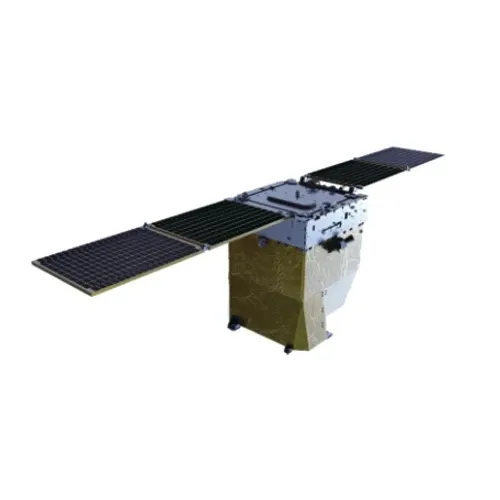
Features and Capabilities of Google Earth
At its core, Google Earth provides a seamless interface for viewing high resolution satellite images of virtually every part of the globe. The platform combines aerial photography, topographic maps, and 3D terrain models, offering users a dynamic and immersive experience. Whether you are interested in detailed urban landscapes, remote natural regions, or underwater topography, Google Earth caters to diverse interests.
One of the most valued aspects of Google Earth is its integration of real-time satellite imagery free or near real-time updates, allowing users to track recent changes such as construction progress, natural disasters, or vegetation growth. These timely updates are crucial for professionals engaged in environmental monitoring, disaster response, and urban planning.
Google Earth also supports layering options that enable users to add data such as weather patterns, road networks, and demographic information. Its compatibility with Geographic Information System (GIS) data formats empowers analysts to perform complex spatial analyses, further enhancing the utility of the platform.
Using Google Earth for Remote Sensing and Geography Studies
Google Earth serves as a vital educational resource for those studying remote sensing in geography. Its access to detailed satellite imagery and maps allows students and researchers to visualize geographic phenomena, analyze land use changes, and observe environmental processes in context.
Many universities incorporate Google Earth into their curriculum to teach concepts such as spatial relationships, cartography, and environmental science. The platform’s user-friendly tools, including distance measurement and coordinate display, facilitate practical learning experiences. For remote sensing enthusiasts, Google Earth provides a gateway to understanding how satellite data is collected, processed, and applied.
Furthermore, Google Earth supports access to historical imagery, enabling users to compare landscapes over time. This temporal dimension is invaluable for tracking urban expansion, deforestation, glacier retreat, and other significant environmental changes.
Complementary Resources: NASA Worldview and Remote Sensing Literature
While Google Earth excels in providing high-quality visualizations, it is often used in conjunction with other tools such as NASA Worldview, which offers access to more specialized satellite data layers and near real-time environmental monitoring. Together, these platforms provide a comprehensive toolkit for geospatial analysis.
For those seeking to deepen their understanding of satellite imagery and remote sensing, numerous resources are available, including authoritative remote sensing books and freely accessible remote sensing PDFs. These materials cover sensor technologies, image interpretation, and practical applications.
Academic journals like the Remote Sensing journal publish cutting-edge research that highlights innovative uses of satellite data in fields ranging from agriculture to climate science. Accessing such literature complements the hands-on experience users gain from exploring platforms like Google Earth.
Expanding Access Through High Resolution Satellite Apps
In addition to desktop access, Google Earth is available as a high resolution satellite app for smartphones and tablets, expanding its reach to users worldwide. These apps maintain much of the desktop functionality while adding conveniences such as GPS integration and offline map access.
The mobility provided by these apps is particularly beneficial for field researchers, educators, and travelers who require geographic information on the go. By combining high resolution satellite images with mobile technology, users can perform real-time observations, data collection, and navigation.
Conclusion
Google Earth stands as a landmark innovation in geographic visualization, offering unmatched access to high resolution satellite images and real-time satellite imagery free across the globe. Its comprehensive features support a wide array of users, from students learning remote sensing in geography to professionals conducting environmental assessments.
When paired with complementary tools like NASA Worldview and enriched by scholarly materials such as remote sensing books and the Remote Sensing journal, Google Earth empowers users to explore, analyze, and understand our dynamic planet with unprecedented clarity.
Whether through desktop or mobile high resolution satellite apps, Google Earth continues to break barriers in geospatial accessibility, fostering global knowledge and informed decision-making.






